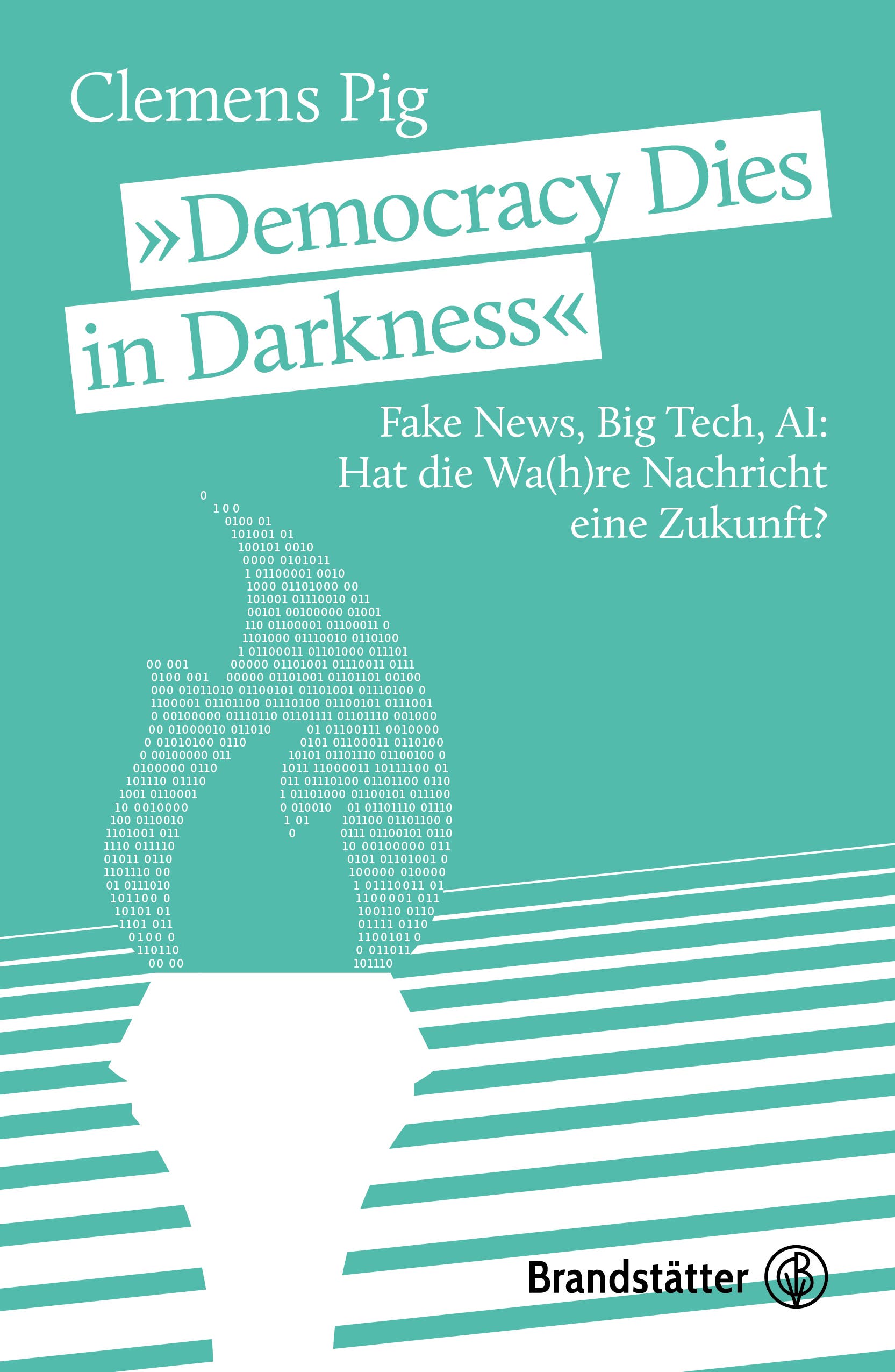
#PURVA ASHADA #NAKSHATRA
Watery Star of Hopeful Urge
“By the Power of the unstoppable urge
Now you can drink it or you can nurse it,
It don’t matter how you worship
As long as you’re
Down on your knees.
So I knelt there at the delta,
At the alpha and the omega,
At the cradle of the river and the seas.
And like a blessing come from heaven
For something like a second
I was healed and my heart
Was at ease.”
L. Cohen – Light as a Breeze
Purva Ashada Nakshatra is in the constellation of Sagittarius and brings clearing, cleansing purification. The deity of this Nakshatra is Apa, she is the cosmological river Goddess of fresh water and the lover of Varuna the god of the seas.
Losing one’s individuality and merging into the greater sea of being, is the energy that this Star brings to us. This is a Shukracharia (Venus) ruled Nakshatra and rules conception. The river wishing to rush to meet the ocean is relatable to the urge of the sperm moving to meet the ovum.
“Purva Ashada Nakshatra
brings fluidic transitions
just as the inherent symbolism
of the river Delta…
where one water body
loses its identity for another.”
Transition from individual states of being to awareness of more expansive states of being comes from a losing of established identities. By purification of the subconscious sediment that we carry, we rush into the vaster ocean of reality. It is interesting to note that a river delta is also a place where underwater sediment in most pronounced.
Our subconscious sediment colours and expresses itself in the rivers of our being. Transition to new states of being come as things are resolved and purified from the underground. This is the lesson that Purva Ashada Nakshatra brings to us – That we have to leave some things behind if we are to come into more fluid states of being. Figuratively speaking – surface skiing upon the water does nothing to really resolve ones Karmic themes, though it certainly gives the feeling of moving.
On the path of a Tantra, the Yogin is careful to not exchange superficial surface maneuvers for the introspective healing work of facing the deep dark depths.
Bhairav Astami
The science of lunar houses is very detailed and subtle because it is dependent upon which Moon phase transports the energy to earth. Uttara Ashada Nakshatra occurring upon
“The Bhairav Astami
of half descending Moon
brings a movement
of unconscious sediment
and offers a transition
out of individual unconscious patterns
into a new sea of being.”
Bhairav is the deity who makes us face that which we fear, that which we turn away from and do not wish to face becomes our unconscious shadow that lives in the depths, and just like the undercurrent, it informs all the maneuvers of our consciousness.
Bhairav Astami has been ritualized by Yogins since time immemorial as a Moon day for accessing the unseen and unconscious shadow elements of our reality.
The occurrence upon Bhairav Astami of Purva Ashada Nakshatra is a time of working ritualistically with water. There are many inner and outer practices in Tantra that work with the healing powers of water.
The Gurus of Creation
Purva Ashada is under the rule of the 2 Gurus. #Venus is #Shukracharia, the #Guru of the #Asuras, and #Brhaspati ( #Jupiter) is the Guru of the #Devas. The Asuras are the dualised creative energies of the egg that splits upon fertilisation. The spermatozoa is the Devic singular force. We see that Purva Ashada is ruled by the Venusian Guru Shukracharia and is in the constellation of Sagittarius.
The stories tell that Shukracharia has in his possession a magical power that puts him in the possession of abilities that make him superior. It is the power of Sanjeevani Vidya that he possesses. This is the wisdom and power of bringing the dead to life. Shukracharia it is who brings life to the soul in an eternal circle of life and death.
“The seed holds the spirit,
but the egg is the doorway
of Sanjeevani
that permits incarnation.”
#Purva-Ashada Nakshatra is an auspicious time for the conception of a child, as power is given to the ovum and the spermatozoa. This Nakshatra brings the energies of Venus and Jupiter together, these planets are dualistic forces that if brought together result in creation.
Mythology & the Watery World
When Venus and Water Meet we get the mermaid, hence the star of Purva Ashada being connected to the Yakshinis, who are the elemental spirits connected to the water element in the unconscious. The Yakshinis stir in their depths when this Nakshatra is present.
The Yakshinis are the sexual elemental spirits of the second water ruled Shakti Chakra.
“Some aspects of Tantra
work with summoning & evoking
these sexual beings.”
The picture above is called Hylas and the Nymphs by the British painter John William Waterhouse. The Naiads are the water nymphs of Greek mythology. This story presents many poignant themes of Purva Ashada Nakshatra. The story tells how Hylas was on a search for fresh drinking water when came to an enchanting pond where the Naidas lured him in with their beauty.
The Naidas are similar to the Yakshinis of the unconscious watery worlds. They are energies that can lure us in by the promise of something wonderful.
The Yakshinis in the Indian mysteries offer treasure, pleasures and powers untold by those who find them, but like the story of Hylas, they can submerge us in an elemental world and keep us from fulfilling our karmic tasks. Hylas was looking for fresh water for the team of Argonauts but he never returned. We see him holding a jug of water in his left hand, the pond abounds with water lillies which interestingly are called Nymphaeaceae in Latin.
The tree of Purva Ashada Nakshatra is called the #Sita-Askhoka #tree. The stories tell us that the Ashoka forest was where Sita was kept captive by Ravan when he kidnapped her. The Expansive urge of Ravan was enticed by the Venusian caverns of Sita. Sita literally means a cavernous incline and is suggestive of the female Yoni. The Venusian ovum draws the expanse Jupitarian force, Ravan was so overcome that he stole her away. This is the theme of the Epic Ramayana.
The Ashoka is the tree that is sacred to the sensual water nymphs known as the Yakshinis. The Yakshins dwell in the deep unconscious levels of the inner world. Tantrics who make the unconscious conscious are able to see into the world of the Yakshins. Some Tantric magicians work primarily through Siddhis (powers) they gain from these elemental beings. Tantrics consider it a dangerous practice to enter into union with the elemental world for magical powers. It carries many dangers and karmic consequences for the soul.
We see in many fairy stories that humans become submerged in the fairy realm to their detriment. The story of the Fisherman and his Soul by Oscar Wilde hi-lights this allure of the elemental world wonderfully. The occult novel of the Sea priestess by Dion Fortune also covers the theme of elemental possession. The well known story of the Little Mermaid by Hans Christian Anderson reverses the polarities and tells of a Mermaid who comes to the human world as opposed to the other way round.
Shooting Off
This Star brings a strong sense of Tapasya – this is quality of ruthlessness and fearless voyage towards the unseen. A yogin is for this reason called a Tapasyin. The word Asha in Ashada means hope and urge. This watery lunar house brings a battle like rush of water. It is activates the urge of the spermatozoa to merge with the ovum.
“The Ovum is Shukracharia (Venus)
and the Spermatozoa is Brhaspati (Jupiter).”
The urge to rush into the realms of life can become dispersing to our Shakti if we are focused on barren pursuits. Whether physically or psychically… we become aware of the nourishing or vampiric quality of our pursuits as the unconscious becomes conscious. When we gain insight into the motivation behind our urges, we come to see the mechanism of how they express into the fabric of our lives and the resultant effect thereof upon the Shakti we carry.
Brhaspati (Jupiter) is the biggest planet in our solar system. He abounds with an abundance of boundless energy. Purva Ashada is a time to study the focus of our urges. As this star is in the Brhaspati (Jupiter) ruled constellation of Sagittarius, the tendency to shoot out is pronounced. Under this star in concentrated ritual – Tantrics make a pronounced focus upon reversing the outward tendency of motion known as Privritti to the inward energy known as Nirvritti.
Brhaspati (Jupiter) is the ruler of Sagittarius. Brhaspati is the expansive energy of subtle wisdom, that is why he is the Guru of the Deva’s. The energy of Brhaspati is to expand and subtlety penetrate things. But the state of the fields of life that we are penetrating is to be taken into account, they will produce either barren or fruitful produce. The Tantric honours Shakti by discerning whether they are watering the field of death, or the field of life.
“The merging of the river
with the sea symbolism of this Nakshatra
is very much about the unconscious
becoming conscious.”
Remember the deity of this #star is #Apa, the #goddess of the #river. In the symbolism, she merges with the lover #Varuna the god of the #ocean through the releasing of parts of her identity that are born of unconscious imprints.


:format(webp)/s3/static.nrc.nl/images/gn4/stripped/data97341054-26514e.jpg)
/s3/static.nrc.nl/images/gn4/stripped/data97341054-26514e.jpg)


